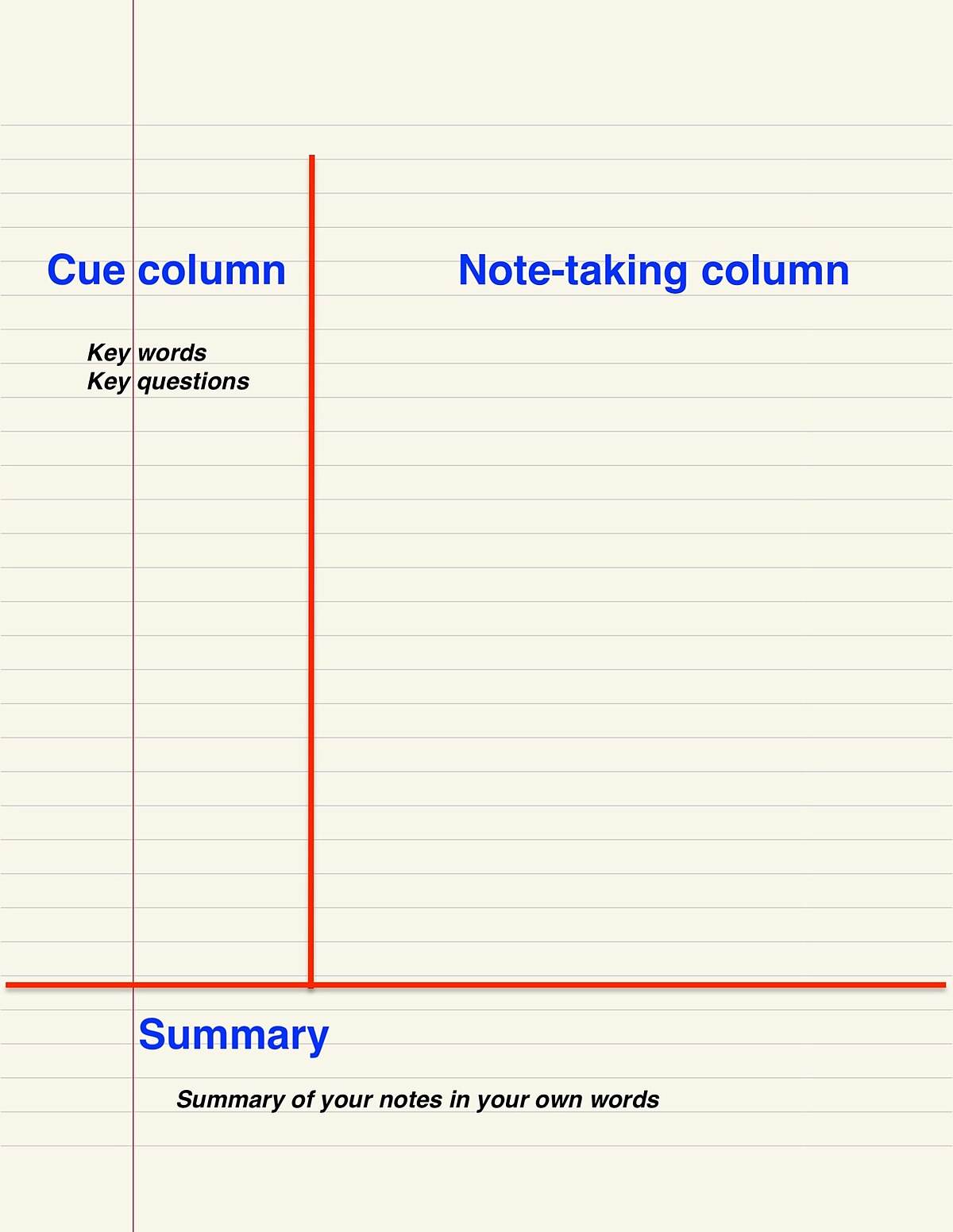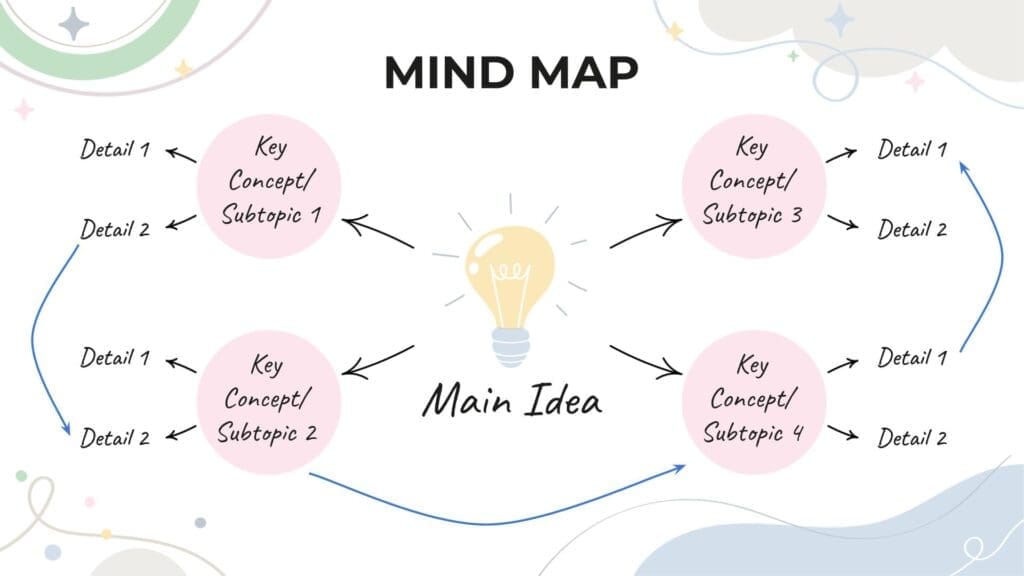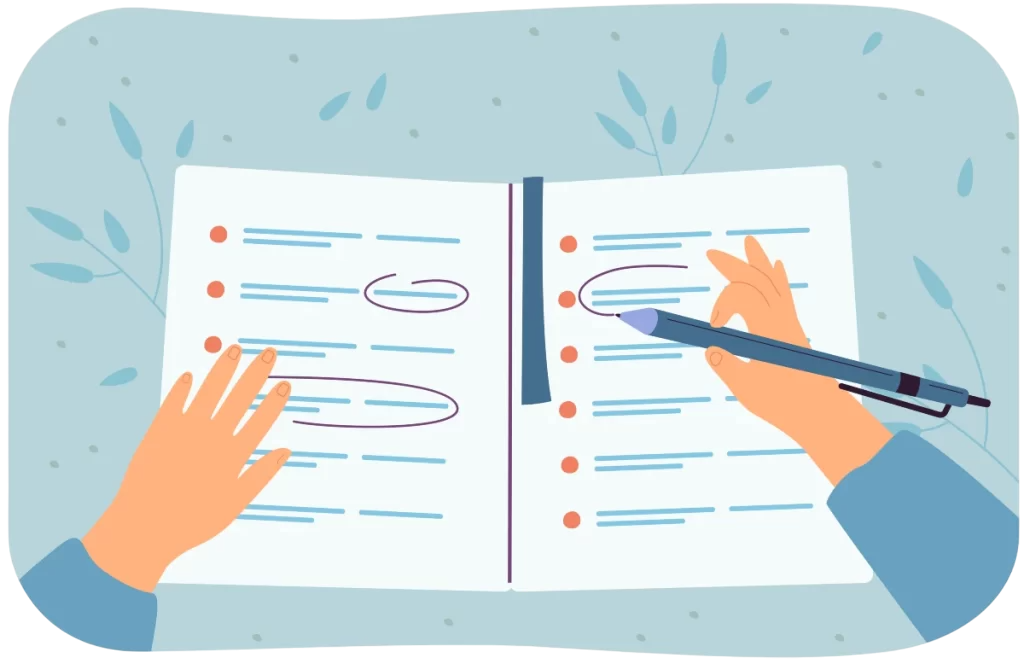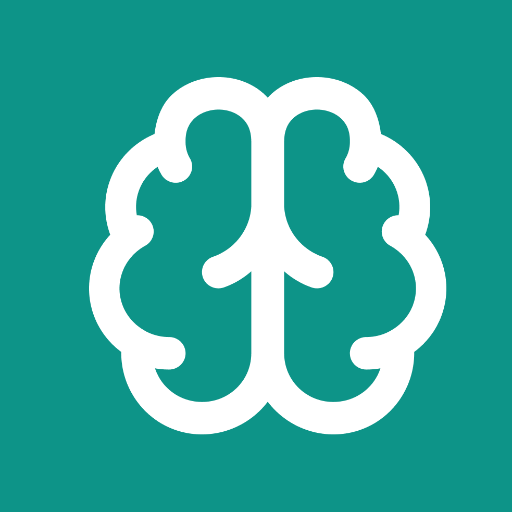Effective Note-Taking Strategies for NOUN Students
Master the art of note-taking with proven strategies tailored for NOUN students. Learn digital and traditional methods to enhance your learning and ace your exams.
The NounStudy team consists of educational technology experts, former NOUN students, and academic professionals dedicated to helping students succeed in their distance learning journey.

Picture this: you’re sitting with your NOUN course materials spread across your study table, feeling overwhelmed by the sheer volume of information you need to absorb. You start reading, highlighting everything that seems important, only to realize later that your entire textbook has turned into a rainbow of colors with no clear focus. Sound familiar?
As a distance learning student at the National Open University of Nigeria, you face unique challenges that traditional university students don’t encounter. You’re often studying independently, managing work and family responsibilities, and trying to make sense of complex course materials without the immediate support of classroom discussions. The good news? Mastering effective note-taking strategies can transform your learning experience from overwhelming to empowering.
In this comprehensive guide, we’ll explore proven note-taking techniques specifically adapted for NOUN students. From the structured Cornell method to innovative digital approaches, you’ll discover practical strategies that fit your busy lifestyle and learning preferences. By the end of this post, you’ll have a toolkit of methods to enhance your comprehension, improve retention, and boost your exam performance.
The Cornell Note-Taking Method: A NOUN Student’s Best Friend
The Cornell Note-Taking System, developed at Cornell University, is particularly effective for NOUN students because it promotes active learning and provides a structured approach to organizing information. Here’s how to adapt this method for your distance learning needs:

Setting Up Your Cornell Notes:
Divide your page into three sections: a narrow left column (cue column), a wider right column (note-taking area), and a bottom section (summary area). When studying GST courses like “Use of English” or “Philosophy, Logic and Human Existence,” this structure helps you break down complex concepts systematically.
The Note-Taking Process:
In the right column, jot down key points, definitions, and examples from your course materials. Don’t write everything word-for-word; instead, focus on main ideas and supporting details. For instance, while studying ECO 101 (Introduction to Economics), you might write “Scarcity: limited resources vs unlimited wants” in the notes section.
Creating Effective Cues:
Use the left column for questions, keywords, and memory triggers. These cues become invaluable during review sessions. For a course like SOC 101, you might write “What is socialization?” in the cue column next to your notes about how individuals learn social norms.
The Power of Summarization:
At the bottom of each page, write a 2-3 sentence summary of the main concepts. This forces you to synthesize information and identify the most crucial points. This practice is especially helpful when preparing for NOUN’s comprehensive exams.
The Cornell method works exceptionally well when combined with NounStudy’s AI-generated course summaries. You can use these summaries as a foundation for your notes, then expand on key concepts using the Cornell format for deeper understanding.
Digital vs. Traditional Note-Taking: Finding Your Perfect Match
As a NOUN student, you have the flexibility to choose between digital and traditional note-taking methods. Each approach has distinct advantages for distance learners:
Traditional Note-Taking Benefits:
Handwritten notes engage different parts of your brain, often leading to better retention. The physical act of writing helps slow down your thinking process, allowing for better comprehension of complex subjects like MTH 101 (Elementary Mathematics) or PHY 101 (Mechanics). Research shows that students who write notes by hand often perform better on conceptual questions.
Digital Note-Taking Advantages:
Digital tools offer searchability, easy organization, and the ability to include multimedia elements. You can quickly search for specific topics across all your notes, insert images or diagrams, and sync your notes across multiple devices. This is particularly valuable when you’re studying on-the-go or need to access materials during your limited study time.
Hybrid Approach for NOUN Success:
Consider combining both methods based on your course requirements. Use handwritten notes for mathematical subjects or when you need to draw diagrams, and digital notes for text-heavy courses where you might need to search for specific information quickly.
For digital note-taking, tools like OneNote, Notion, or even simple document apps can be effective. However, remember that NounStudy’s mobile-friendly interface and offline access capabilities mean you can review course materials and practice questions even when your internet connection is limited.
Mind Mapping: Visualizing Complex NOUN Subjects
Mind mapping is a powerful technique for visual learners and particularly effective for NOUN students tackling interconnected subjects. This method helps you see relationships between concepts and create a mental framework for complex topics.

Getting Started with Mind Maps:
Begin with a central topic in the middle of your page. For a course like PSY 101 (Introduction to Psychology), you might start with “Human Behavior” as your central theme. From there, create branches for major subtopics like “Learning,” “Memory,” “Perception,” and “Motivation.”
Building Effective Branches:
Each main branch should contain 3-5 sub-branches with specific details, examples, or related concepts. Use different colors for different themes and include small drawings or symbols to make information more memorable. This visual approach is particularly helpful for courses with multiple theoretical frameworks.
Mind Maps for Exam Preparation:
Create comprehensive mind maps that connect concepts across different units of your course. This technique helps you see the big picture and understand how individual topics relate to broader themes. During exam preparation, these visual summaries serve as quick review tools.
Digital Mind Mapping Tools:
While hand-drawn mind maps work well, digital tools like MindMeister or SimpleMind offer additional features like easy editing, sharing capabilities, and the ability to include links to external resources. You can even link sections of your mind maps to specific practice questions or course materials.
Strategic Highlighting and Annotation: Beyond the Rainbow Effect
Many NOUN students fall into the highlighting trap – marking everything that seems important until their materials look like abstract art. Effective highlighting requires strategy and restraint.

The 3-Color System:
Use only three colors with specific purposes: yellow for main concepts, green for examples or applications, and pink for definitions or formulas. This system prevents over-highlighting and creates a visual hierarchy in your materials.
Active Annotation Techniques:
Don’t just highlight – annotate. Write brief questions, connections to other concepts, or personal examples in the margins. For instance, while studying BIO 101, you might write “Similar to what we learned about photosynthesis?” next to a section on cellular respiration.
The Question Method:
Turn highlighted passages into questions. This active reading strategy helps you engage with the material more deeply and creates natural review questions for later study sessions. Instead of just highlighting “Supply and demand determine price,” write in the margin: “How do supply and demand interact to set prices in different market conditions?”
Symbol System for Quick Review:
Develop a personal symbol system: stars for exam-likely content, exclamation marks for surprising information, and question marks for concepts that need further clarification. This system makes review sessions more efficient and targeted.
Technology and Apps: Organizing Your Digital Study Life
Modern NOUN students have access to numerous technological tools that can revolutionize their note-taking and organization strategies. The key is choosing tools that enhance rather than complicate your study routine.
Cloud-Based Organization:
Use cloud storage services like Google Drive, OneDrive, or Dropbox to ensure your notes are accessible from any device. Create a clear folder structure: organize by semester, then by course code, then by units. This system prevents the frustration of searching for that one important note you created weeks ago.
Note-Taking Apps with Advanced Features:
Apps like Obsidian or Roam Research allow you to create linked notes, building a personal knowledge base where concepts from different courses can connect naturally. This is particularly valuable for NOUN students taking interdisciplinary courses or pursuing degrees that build on foundational knowledge across semesters.
Voice Recording and Transcription:
For auditory learners or when your hands are busy, voice recording apps can capture important thoughts or explanations. Many modern apps can transcribe speech to text, allowing you to create searchable notes even when you’re commuting or taking a study break.
While these technological solutions offer powerful capabilities, NounStudy provides a specialized solution designed specifically for NOUN coursework by generating AI-powered notes from course materials. The platform’s course library allows you to access comprehensive, AI-generated study notes that complement your personal note-taking efforts, saving time and reducing the cognitive load of processing extensive course materials.
Creating Powerful Summary Notes for Exam Success
Summary notes are your secret weapon for NOUN exam preparation. These condensed versions of your detailed notes should capture the essence of each course unit in a format that enables quick review and long-term retention.
The One-Page Rule:
Challenge yourself to summarize each course unit on a single page. This constraint forces you to identify the most crucial information and express it concisely. For courses like GST 203 (Introduction to Philosophy), this might include key philosophers, major arguments, and contemporary applications.
Layered Summary Approach:
Create summaries at different levels: unit summaries, module summaries, and course overviews. Each layer serves a different purpose in your exam preparation strategy. Unit summaries help with weekly review, module summaries prepare you for mid-term assessments, and course overviews are perfect for final exam preparation.
Visual Elements in Summaries:
Include diagrams, flowcharts, and concept maps in your summary notes. Visual elements are particularly effective for scientific courses or any subject involving processes and relationships. A summary for CHM 101 might include molecular diagrams, reaction equations, and periodic table trends.
Regular Review Schedule:
Plan review sessions using your summary notes at increasing intervals: review within 24 hours, then after one week, one month, and finally before exams. This spaced repetition approach, supported by your well-organized summaries, significantly improves long-term retention.
When preparing summary notes, consider how NounStudy’s practice tests and past questions can complement your summarization efforts. The platform’s question bank helps you identify which concepts appear frequently in exams, allowing you to weight your summaries accordingly and focus on high-impact areas.
Time-Saving Tips for Busy NOUN Students
Time management is crucial for NOUN students balancing education with work and family responsibilities. These practical tips will help you maximize the effectiveness of your note-taking while minimizing time investment.
The 5-Minute Rule:
Spend five minutes after each study session reviewing and organizing your notes. This small investment prevents information overload and helps solidify new concepts immediately while they’re fresh in your memory.
Batch Processing:
Instead of switching between different note-taking activities throughout the day, batch similar tasks together. Dedicate specific time blocks to reading and taking initial notes, then separate sessions for reviewing and summarizing. This approach reduces cognitive switching costs and improves efficiency.
Template Systems: Create note-taking templates for different types of content. Have standard formats for theoretical concepts, mathematical problems, historical events, and case studies. Templates speed up the note-taking process and ensure consistency across your materials.
Strategic Abbreviations: Develop a personal shorthand system for frequently used terms in your field of study. For business students, abbreviations like “mgt” for management, “mkt” for marketing, and “fin” for finance can significantly speed up note-taking without sacrificing clarity.
Mobile Optimization: Make your notes mobile-friendly for those moments when you have unexpected free time. Simple bullet points, clear headings, and concise language make it easy to review notes during commutes or break times.
Enhancing Your Note-Taking with NounStudy
While these traditional and digital note-taking strategies provide a solid foundation for academic success, combining them with NounStudy’s AI-powered features can significantly enhance your learning efficiency. The platform offers several features that complement and amplify your personal note-taking efforts.
NounStudy’s AI-generated course summaries serve as excellent starting points for your detailed notes. Instead of beginning with blank pages, you can use these summaries as frameworks, then expand on key concepts based on your learning needs and interests. This approach is particularly valuable when tackling challenging courses or when time constraints limit your ability to read through extensive course materials.
The platform’s comprehensive course library and past questions feature integrates seamlessly with your note-taking strategy. As you create summary notes for exam preparation, you can cross-reference them with actual exam questions to ensure your notes address the most important and frequently tested concepts. This targeted approach makes your study time more efficient and improves your exam performance.
Additionally, NounStudy’s offline access capability means your enhanced study materials are available even when internet connectivity is limited, ensuring that your note-taking and review sessions aren’t interrupted by technical limitations.
Conclusion
Effective note-taking is more than just recording information – it’s about creating a personal learning system that transforms complex course materials into meaningful, memorable knowledge. As a NOUN student, you have unique advantages and challenges that these strategies directly address.
The Cornell method provides structure for your independent study sessions, while digital and traditional approaches offer flexibility to match your learning style and circumstances. Mind mapping helps you visualize complex relationships between concepts, and strategic highlighting ensures you focus on what truly matters. Technology tools and apps can organize your digital study life, while well-crafted summary notes prepare you for exam success.
Remember that the most effective note-taking system is the one you’ll actually use consistently. Start with one or two strategies that resonate with your current study habits, then gradually incorporate additional techniques as they become natural parts of your routine. The time you invest in developing these skills will pay dividends throughout your NOUN journey and beyond.
Ready to transform your note-taking and studying experience? NounStudy offers AI-enhanced course materials, practice questions, and organizational tools specifically designed for NOUN students. Start your free trial today and discover how combining proven note-taking strategies with intelligent study support can accelerate your academic success. Your future self will thank you for taking this important step toward more effective, efficient learning.
